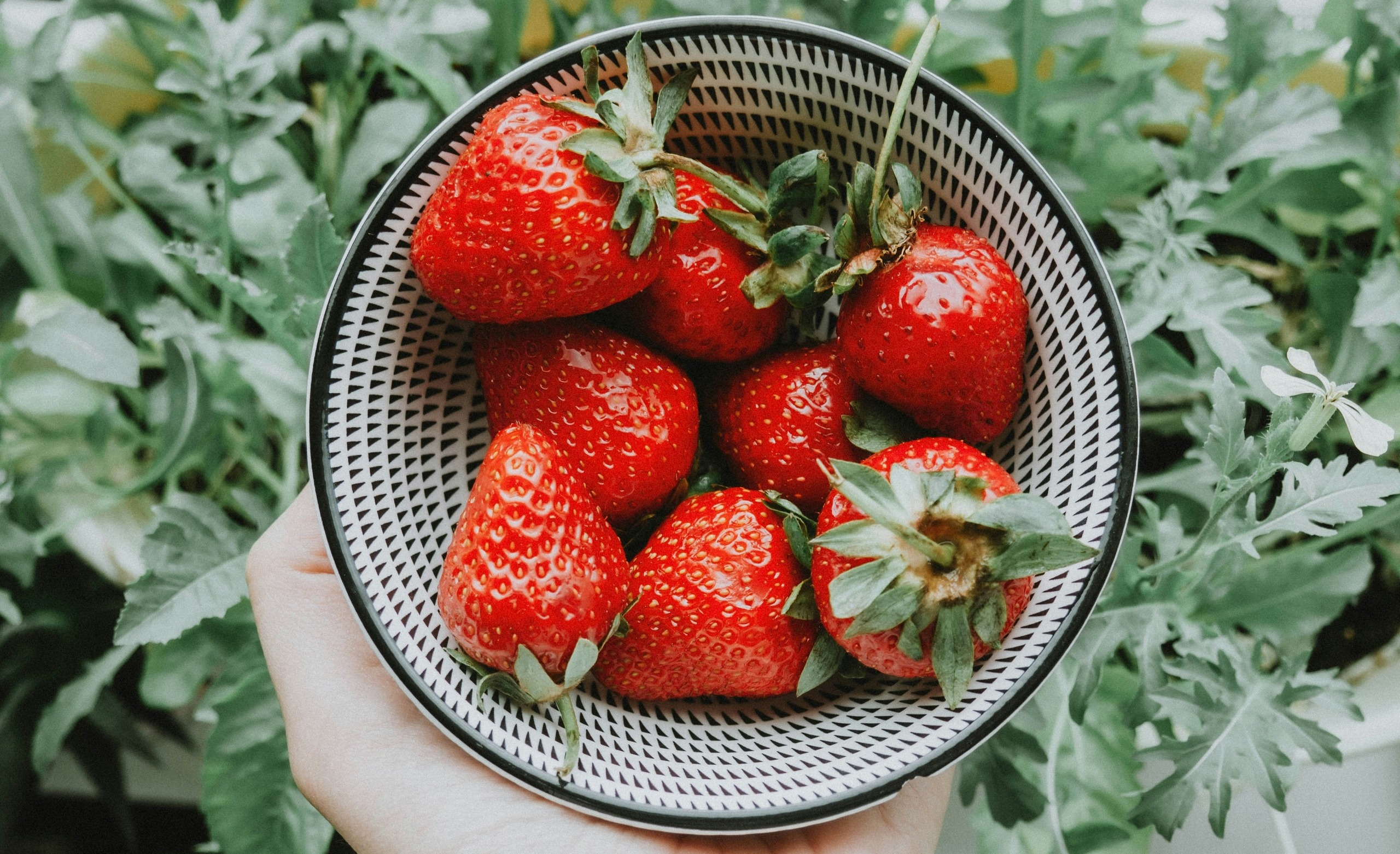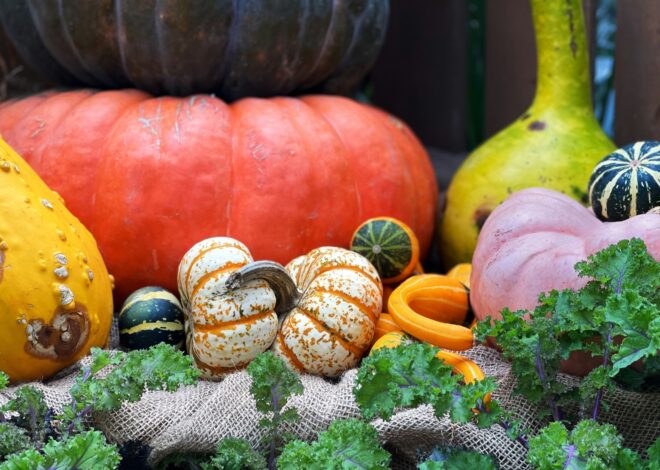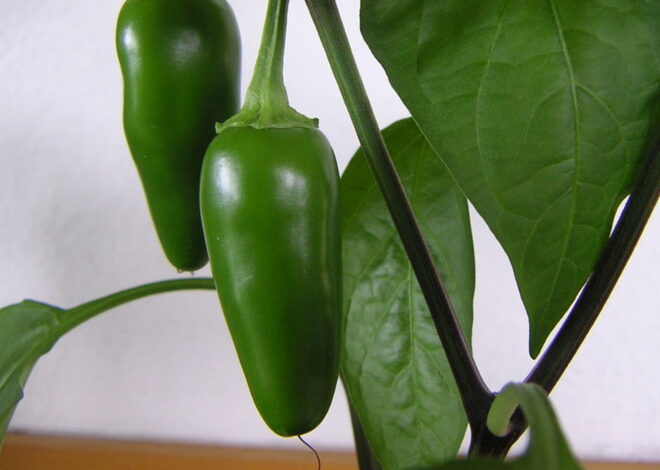
How To Grow Strawberries
Whether you’re an experienced gardener or taking your first steps into the world of home gardening, learning how to grow strawberries is both rewarding and fun. Strawberries are the jewels of summer gardens. Their vibrant red hue and sweet, juicy flavor make them a favorite among fruit lovers everywhere.
But have you ever thought about growing your own? Imagine stepping into your backyard to pick fresh strawberries for breakfast or dessert. It’s not just about taste; cultivating these delightful berries brings a sense of achievement and connection to nature.
From selecting the right varieties suited for your climate to overcoming common challenges, this guide will walk you through every step needed to create a bountiful strawberry patch that flourishes year after year. Get ready to dig in!
Benefits of Growing Strawberries
Growing strawberries offers a delightful array of benefits that extend beyond their sweet taste. First and foremost, these vibrant fruits are packed with vitamins and antioxidants, contributing to a healthier diet. Cultivating your own strawberries can also lead to significant savings.
Store-bought berries can be pricey, but growing them at home allows you to enjoy fresh produce right from your garden without breaking the bank. Furthermore, strawberry plants are relatively easy to care for. They thrive in various conditions and won’t demand excessive attention. This makes them perfect even for novice gardeners.
The act of gardening itself is therapeutic. Tending to strawberry plants provides an opportunity for relaxation while connecting with nature. Nothing beats the satisfaction of harvesting juicy strawberries you’ve grown yourself, adding a personal touch to your culinary creations or simply enjoying them as they are.
Choosing the Right Strawberry Varieties for Your Climate
Selecting the right strawberry varieties hinges on your local climate. Strawberries thrive in different conditions, so understanding your environment is key. If you live in cooler regions, look for June-bearing varieties like ‘Earliglow’ or ‘Jewel.’ These types produce fruit all at once and benefit from a chill period.
For warmer climates, everbearing strawberries such as ‘Quinault’ or ‘Seascape’ are ideal. They can yield berries throughout the growing season, adapting well to milder winters. Day-neutral strawberries provide flexibility across various temperate zones. Varieties like ‘Tristar’ flourish regardless of day length, ensuring consistent production.
Consider factors like soil type and sunlight exposure too. Some strawberries prefer full sun while others tolerate partial shade better. Researching specific regional recommendations can lead you to fruitful choices tailored to your garden’s unique conditions.
Choosing the Right Location for Your Strawberry Patch
Choosing the perfect location for your strawberry patch is crucial to achieving a bountiful harvest. Strawberries thrive in areas that receive full sunlight, so look for spots that bask in at least six hours of direct sun each day. Good drainage is another essential factor.
You want to avoid waterlogged roots, which can lead to rot and disease. If your garden has heavy soil, consider raised beds or mounds to improve drainage. Proximity to a water source makes maintenance easier. Consistent watering is key during dry spells, especially right after planting.
Keep an eye on the wind patterns in your area. Protecting strawberry plants from strong winds can prevent damage and help maintain their health as they grow. Choosing the right spot will set you up for sweet success!
Preparing Your Garden for Strawberry Growth
Preparing your garden for strawberry growth is essential to ensure a bountiful harvest. Start by selecting the right spot with full sun exposure, ideally six to eight hours each day. Strawberries thrive in well-drained soil that retains moisture but doesn’t become waterlogged.
Next, clear the area of weeds and debris. Weeds compete for nutrients and can harbor pests. Tilling the soil helps aerate it, giving roots room to grow. Consider enriching your garden bed with organic compost or aged manure. This provides vital nutrients and improves soil structure.
Test the pH level of your soil; strawberries prefer slightly acidic conditions (around 5.5 to 6.8). If needed, you can amend it using sulfur or lime based on what the test reveals. Plan your rows wisely, leaving enough space between plants for air circulation. This prevents fungal diseases while allowing easy access during harvesting and maintenance tasks.
Planting and Caring for Strawberry Plants
When planting strawberry plants, timing is crucial. Early spring or late fall are ideal for setting them in the ground. Choose healthy bare-root plants or strong seedlings to ensure a fruitful harvest. Prepare your soil by mixing organic compost and ensuring good drainage.
Strawberries thrive in slightly acidic conditions, so aim for a pH between 5.5 and 6.8. Space your plants about 12 to 18 inches apart, allowing room for their runners to spread out. Water them well after planting but avoid waterlogging, which can cause root rot. Regular maintenance includes mulching to retain moisture and suppress weeds.
Keep an eye on watering needs; strawberries prefer consistent moisture without being soggy. Fertilizing with a balanced organic fertilizer during the growing season encourages robust growth and fruit production. As flowers begin to bloom, remove any excess blooms initially; this allows the plant’s energy to focus on developing strong roots first before producing berries later on.
Harvesting and Storing Strawberries
Harvesting strawberries is a delightful experience. Look for vibrant red berries that have fully developed color and are firm to the touch. Gently twist or cut the stem above the berry to avoid damaging the plant. Timing plays a crucial role in your harvest.
Strawberries typically ripen from late spring into summer, depending on your variety and climate. Regularly check your plants, as they can mature quickly. Once harvested, it’s important to handle them with care. Avoid washing them until you’re ready to eat or use them in recipes; this helps maintain their freshness longer.
For storage, place unwashed strawberries in a breathable container lined with paper towels. Keep them in the refrigerator where they’ll stay fresh for about three days. If you want to preserve their flavor beyond that window, consider freezing them—just wash and hull before placing on a baking sheet to freeze individually before transferring to bags for long-term storage.
Common Pests and Diseases to Watch Out for
Strawberry plants can be vulnerable to various pests and diseases. Being aware of these threats is crucial for a healthy harvest. A common pest is the strawberry spider mite, which feeds on leaf tissue and causes discoloration. Regularly inspecting your plants can help catch infestations early.
Another pesky invader is the aphid. These tiny insects suck sap from young leaves, weakening the plant’s growth. Look for curled or distorted leaves as signs of their presence. Fungal diseases like powdery mildew are also prevalent in strawberries, especially during humid conditions. Keep foliage dry by watering at the base of the plant rather than overhead.
Botrytis blight can affect ripe berries, leading to rot. Ensure good air circulation around your plants to minimize this risk. By staying vigilant and adopting preventive measures, you can protect your strawberry patch from these common foes.
Tips for Growing Organic Strawberries
To grow organic strawberries, start with healthy soil. Enrich it with compost, which provides nutrients and improves drainage. Choose disease-resistant varieties that thrive in your region. This minimizes the need for chemical interventions. Mulching is essential.
It helps retain moisture and suppresses weeds naturally. Straw or wood chips work well as organic mulch. Water your plants deeply but infrequently to encourage strong root growth. Drip irrigation is ideal, reducing water waste and keeping leaves dry.
Be vigilant against pests like aphids and slugs. Handpick them or use neem oil as a natural deterrent. Encourage beneficial insects by planting companion flowers near your strawberry patch. Marigolds attract ladybugs that eat harmful pests.
Rotate your crops each year to prevent soil depletion and reduce the risk of diseases spreading from previous seasons’ plants.
Delicious Strawberry Recipes to Try
Strawberries are incredibly versatile and can elevate a variety of dishes. Start your culinary journey with a classic strawberry shortcake. Layer sweetened strawberries over fluffy biscuits, topped with whipped cream for an irresistible dessert. For breakfast lovers, consider a strawberry smoothie bowl.
Blend fresh strawberries with yogurt and banana, then top it off with granola, nuts, and more berries for added crunch. Want something savory? Try adding sliced strawberries to salads. They pair beautifully with spinach or arugula, drizzled in balsamic vinaigrette. Don’t forget about homemade strawberry jam!
Cook down fresh berries with sugar and lemon juice until thickened—perfect for spreading on toast or filling pastries. For a refreshing drink on warm days, mix up some strawberry lemonade. Muddle strawberries into freshly squeezed lemon juice and add sparkling water for fizz. Each recipe showcases the delightful flavor of homegrown strawberries in unique ways!
Conclusion: Enjoy the Fruits of Your
Growing strawberries can be a rewarding venture that allows you to enjoy fresh, delicious fruit right from your garden. With the right varieties and care, you can cultivate an abundant harvest throughout the season. Whether you’re savoring them straight off the vine or incorporating them into delightful recipes, your efforts will yield sweet rewards.
As you embark on this gardening journey, remember to choose suitable plants for your climate and prepare well. Pay attention to pests and diseases while also considering organic methods if that’s your preference. The joy of harvesting ripe strawberries after nurturing them through each step is unparalleled.
So dig in, get planting, and watch as those tiny seeds transform into luscious berries that not only please your palate but also enrich your gardening experience. Enjoy every moment spent in the strawberry patch—the fruits of your labor are just around the corner!



